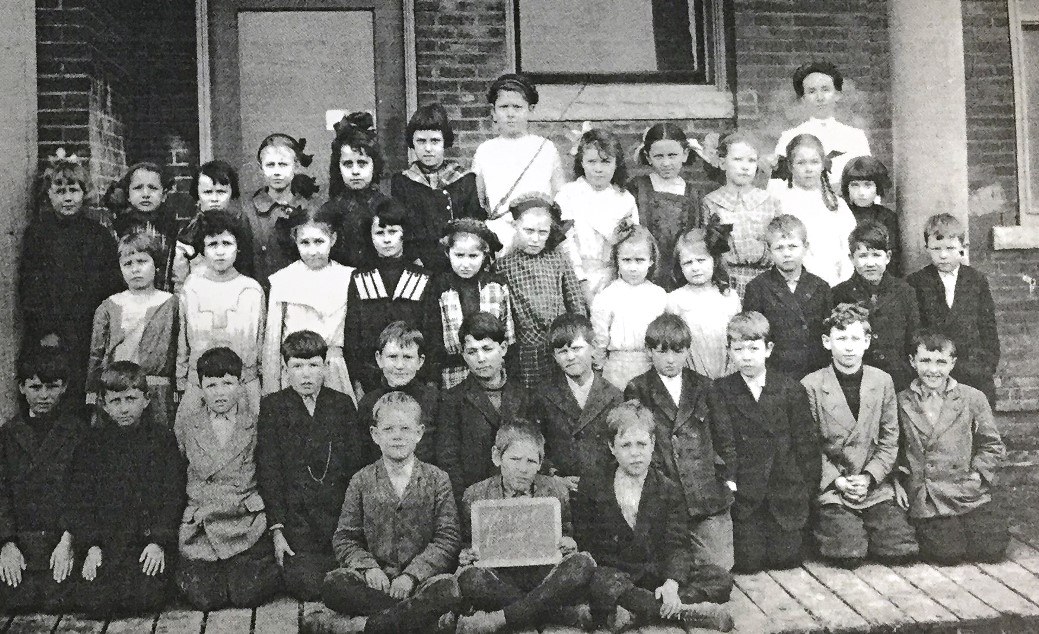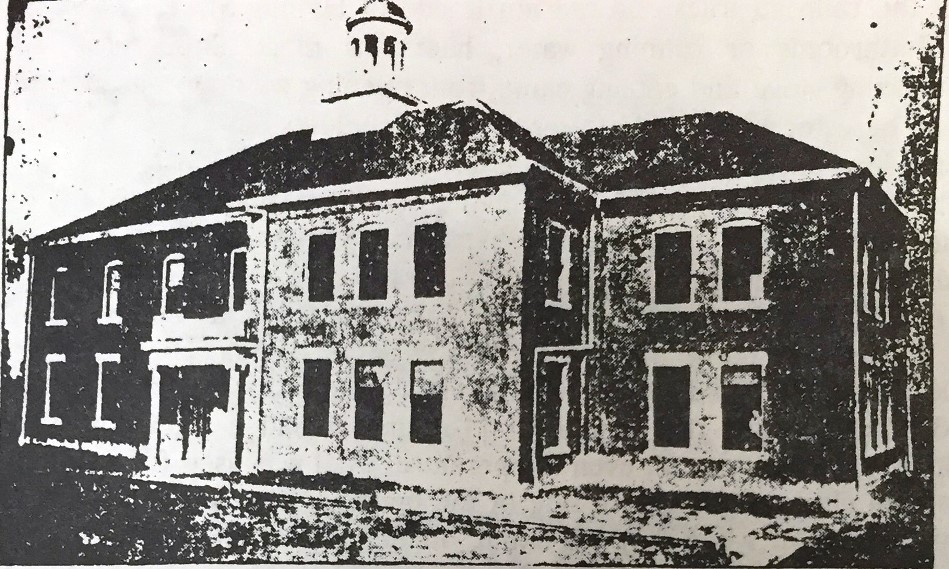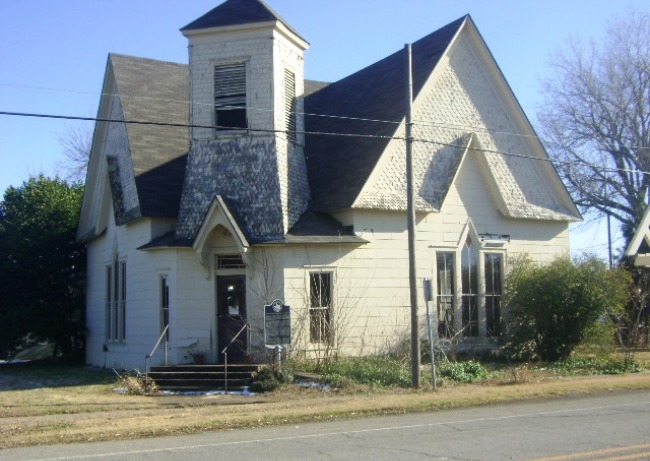 Howe about some history Although the H.&T.C. railroad established many towns
such as Van Alstyne, Anna and Melissa as it was laid across Texas in 1872, the
founding of a town at Howe’s location was not its intention. The railroad put
in a switch called Summit between Sherman and Van Alstyne and in 1876 Jabez
Haning donated land for a town at the present site of Howe, donating every
other lot to the railroad. As a result, businesses and residents migrated to
the area and with populations high enough, a rail station was required, named
Howe in honor of railroad director, F. M. Howe. Tradition states that the
original name of the railroad switch was called Summit because it was 810 feet
above sea level and was believed to be the highest point between the Red River
and the Gulf of Mexico. In October of 1884, the citizens held a vote and
decided to incorporate the town, thus making it the 6th town in
Grayson County to become incorporated. At the time of its incorporation, Howe
had been reduced to a flag station, meaning the train only stopped if it was
flagged down or if it was delivering passengers. The first mayor of Howe was
George McCrary, with J. W. Culver as town marshal. Jabez Haning built the first
house in Howe, a log cabin, which was located near a creek at the west end of
Davis street. Howe served as a country community, who happened to have
been fortunate enough to have a railroad at its disposal. Perhaps the smallest
of the railroad towns in Grayson County, this can likely be traced back to the
fact that the railroad had never intended for it to exist. There are just a
handful of old Victorian and farm style houses scattered throughout town and a
small row of downtown buildings that until recently had spent years in neglect
and despair. To provide evidence of the town’s rich farming community, one
could look at Mr. James M. Stone, of Howe. In 1883 he submitted a patent for a
cotton-stalk cutter and another patent was requested by him in 1890 when he
designed a new plow. Throughout history, Howe had three saloons to cater to its
needs. These were located on the north corner of Haning and Hughes, another a
little north of this closer to O’Connell and a third on the south corner of
Haning and Denny. The town voted to go dry sometime around 1900. The railroad depot was located on the west
side of the tracks between O’Connell and Tutt streets. There were also three
known drug stores in Howe. One took the place of the former saloon when
prohibition was enacted. Another drug store was located at the old Stockton
building on the south side of Haning and the last was Brown’s Drug Store which
later became Hop’s Caf. In 1890 a blacksmith shop was set up at the former
site of one of the saloons. The same year, The Farmington and Howe Telephone
Company was established. In 1877, on the east side of the railroad tracks and on the north side off Haning the first school in Howe was established. This school operated through two buildings until 1897 when the Marshall-Bean College was founded off of Denny street where the old Middle School now stands. The school was not a college, rather a school with a fancy name. It consisted of 14 rooms and had a heating system to keep the rooms at a comfortable temperature. The independent school district was founded in 1906 and began serving the community.
In 1937 there was a large explosion which damaged the school. It was
at this time that the building that currently sits on the site was built. According to an old map, there were churches at the following locations: NE corner of O’Connell and Denny; SE corner of O’Connell and Denny; SW corner of Haning and Denny; SE corner of Davis and Denny and one just behind this church on the east side of Denny. The First Baptist Church of Howe was founded in 1879, with their first building having been completed in 1882. The Methodist Church was founded in 1877 west of Howe and their first building was built east of the railroad tracks. In 1909, on the NE corner of Denny and O’Connell a new building was constructed. The congregation remained here until 1977 when the current building was constructed. The First Christian Church was founded around 1872 and was backed by the Mantua Christian Church.
The church
building was erected in 1893 and still stands at the SE corner of O’Connell and
Denny. The church closed in 1982. The building later fell into the city’s hands
and unfortunately the city did not want to repair it. The building still
stands, however due to lack of care, the structure is slowly falling to the
ground. Davis Chapel was constructed in the early 1900’s and was located off of
Farmington Rd. On the east side of Farmington and north of where McBee Rd. hits
Farmington is where the Davis Chapel once stood. Prior to this, it was the
Little Brown School House. The church served as a non-denominational church
until the 1940’s when it became a Nazarene Denomination Church. The church
closed in the 1950’s and the building was moved to Howe. There are two
cemeteries in the Howe vicinity. One is Hall Cemetery, SW of town and the other
is an unmarked cemetery off of Bennett Rd. This has been a brief history of Howe and a more detailed
description of life and times in Howe could certainly be written.  Trails of our Past Howe History Susan Hawkins © 2024 If you find any of Grayson CountyTXGenWeb links inoperable, please send me a message. |


